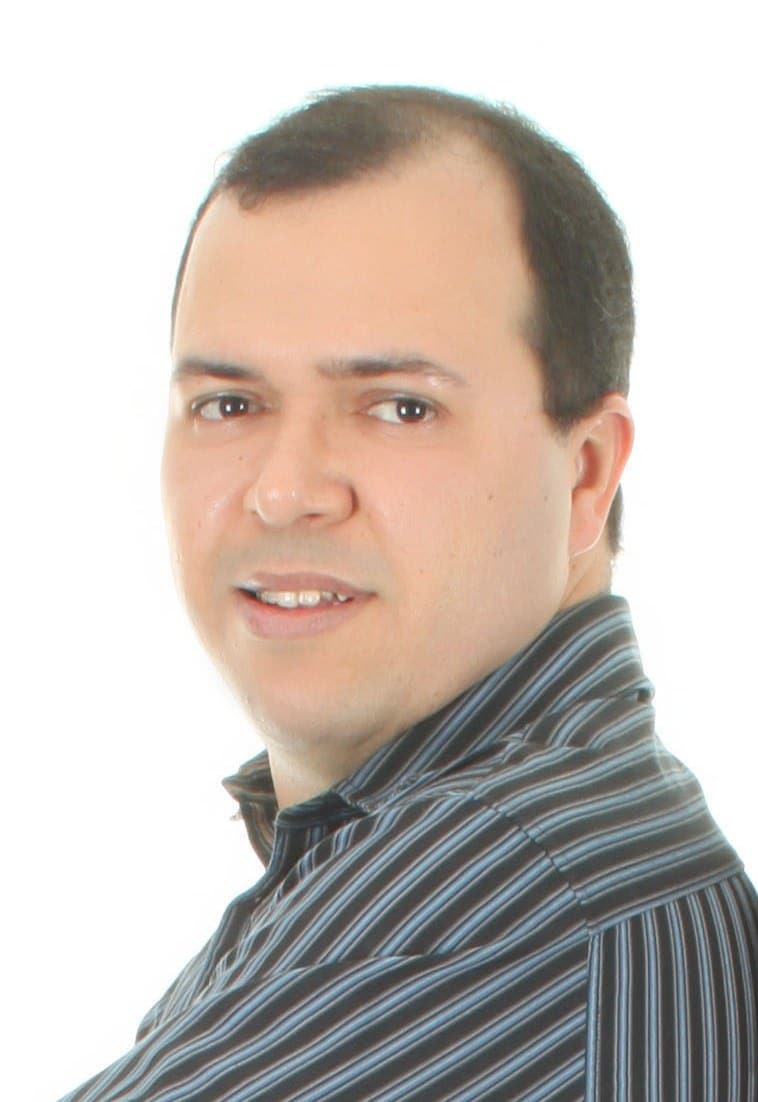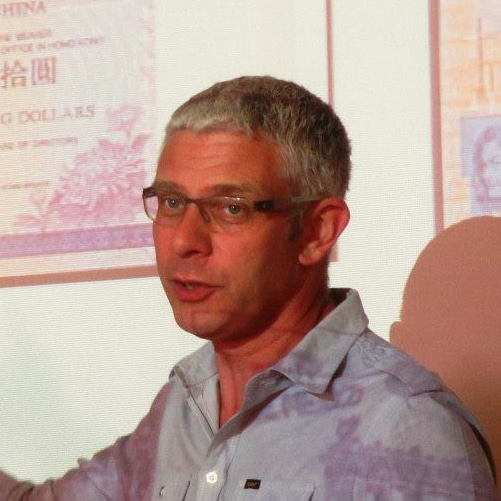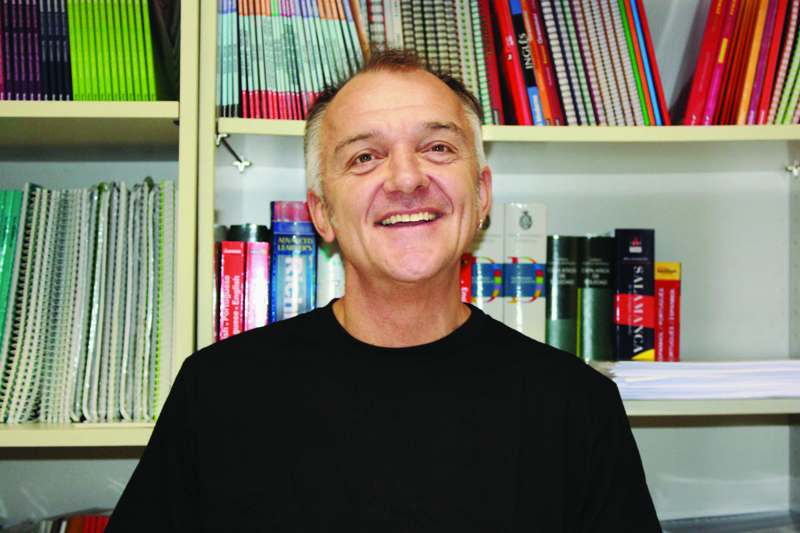Teaching Grammar as a Process
As an ELT professional and author in Brazil, I am well known as a Lexical Approach evangelist. I know some of you out there do not take the Lexical Approach as an approach. You may think it is only a series of techniques for teaching vocabulary: collocations, phrasal verbs, idioms, fixed sentences, semi fixed sentences and so on.
Whenever I run lectures and workshops about this approach for English language teachers in Brazil, there are three questions that always come up:
“What about the grammar?”
“Where’s grammar?”
“How can we teach grammar lexically?”

The first question can be read as “What is grammar?”. So, the simple answer here is: grammar is “the set of rules that describe the structure of a language and control the way that sentences are formed” (Macmillan Dictionary Online).
Grammar seen as the set of rules which control the language can be easily found in a grammar book. Taking that definition, we can say grammar is a thing. Michael Swan, the author of Practical English Usage, is one of those grammar authors who tells us that grammar seen as rules is just a thing, an object, some inanimate stuff.
Diane Larse-Freeman, a well-know American ELT author, in her “Teaching Language: From Grammar to Grammaring” raised the issue that grammar is actually a process and not a thing. She named the idea of grammar as a process “grammaring”. Grammaring is an action happening all the time and not an inanimate object to be unnaturally stuck to mind.
Scott Thornbury also wrote about grammar as a process. In Uncovering Grammar, he writes, “when we use language in real communications, grammar manifests itself in ways that seem to have little to do with the conscious application of these linguistic facts”. By “linguistic facts”, he refers to rules and language terminology.
Having said that, we have to understand that in the Lexical Approach – whether an approach or not is not the case here – grammar is not taken as a thing to be taught. Actually, grammar is a process. As such, grammar has to be acquired naturally and not through the mechanical memorization of rules and technical words (terminology, metalanguage).
Then, this all leads us to the second question: where’s grammar? If grammar is a process, where is it?
Grammar as a process is inside the vocabulary. Grammar as a process is wherever the language is being used. Grammar as a process is everywhere. Let me give you an example.
When a learner meets the sentence “Have you ever been to London?”, the grammar as a process is present in that sentence. The problem is that most teachers and learners are used to seeing grammar as a thing. Questions such as “why is the present perfect here?”, “how can we use the present perfect”, “what’s the present perfect?” show us they really see grammar as a thing. So, they go to grammar books, they do grammar activities, they analyze the rules so as to learn about the present perfect.
Grammar as a process is always inside a sentence and teachers have to teach the process not the thing. There we go to the third question: How can we teach grammar lexically? Or rather, how can we teach grammar as a process?
Teaching grammar as a process is a very simple thing to do. All you have to do is to show the most important part in a sentence and tell learners to learn it without worrying about terminology and rules. What I suggest teachers do is:
- Write the main part of a sentence (chunk) on the board (Have you ever been to…?);
- Tell learners what it means and how to use it in appropriate contexts; the learners’ native language can be used if necessary;
- Write more examples with the sentence (chunk) chosen;
- Teach them the correct pronunciation, intonation and ask them to repeat;
- From time to time, do something to remember the whole chunk
Teaching grammar as a process is more fun than teaching it as a thing. All you need to do is to change the way you see the language you teach, mainly the way you define grammar. Once you learn that there are different ways to see grammar, you will definitely get the point of teaching grammar as a process and not as a thing.






